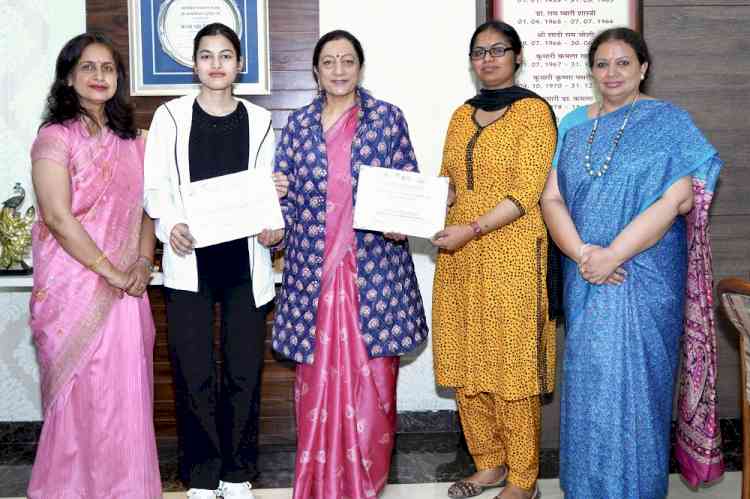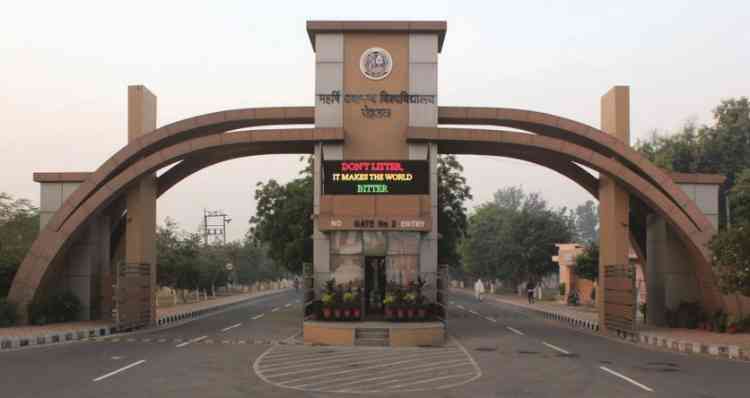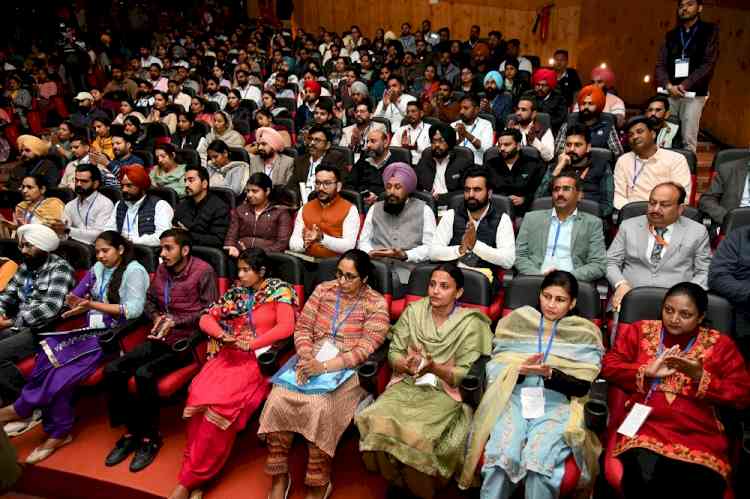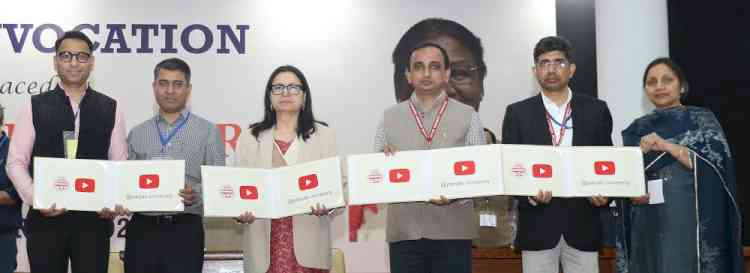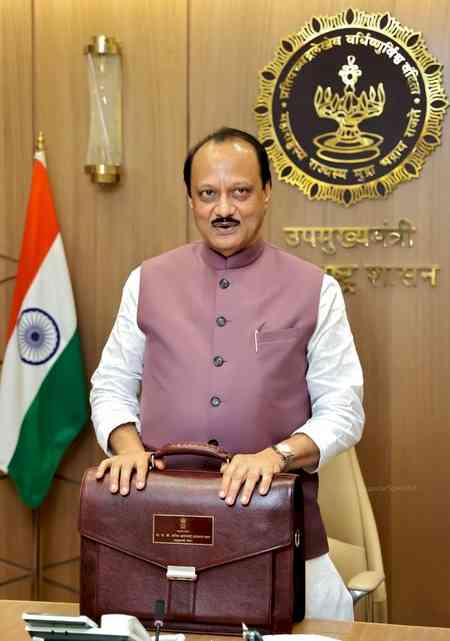IIT Roorkee Researchers Develop Predictive Model for Smart City Land Cover Changes Using GIS and Cellular Automata
A research team from the Indian Institute of Technology Roorkee (IIT Roorkee) has developed an advanced predictive model to assess land cover changes in India’s Round-1 Smart Cities using Cellular Automata (CA) and Geographic Information System (GIS) techniques. The study examines urban expansion in Ahmedabad, Chennai, Jaipur, and Surat over the past two decades, offering forecasts of growth patterns through 2031.

Roorkee, February 11, 2025: A research team from the Indian Institute of Technology Roorkee (IIT Roorkee) has developed an advanced predictive model to assess land cover changes in India’s Round-1 Smart Cities using Cellular Automata (CA) and Geographic Information System (GIS) techniques. The study examines urban expansion in Ahmedabad, Chennai, Jaipur, and Surat over the past two decades, offering forecasts of growth patterns through 2031.
The study, published in Discover Cities, highlights the rapid pace of urbanization and underscores the critical need for data-driven planning to guide sustainable growth. The model incorporates essential urban growth factors such as population density, proximity to central business districts, major roads, and drainage systems, enhancing the accuracy of urban development predictions.
Prof. Kamal Kishore Pant, Director of IIT Roorkee, emphasized the significance of the research, stating, "Sustainable urban planning is vital for India's rapidly expanding cities. This study provides a scientific framework for predicting urban growth patterns, enabling policymakers to make informed decisions that promote both infrastructure development and environmental sustainability."
A central aspect of the research involves mapping impervious surfaces—areas covered by buildings and roads that obstruct natural water infiltration. This analysis identifies potential urban flooding risks and offers strategies to mitigate environmental concerns.
Prof. Rahul Dev Garg, Dean of Resources & Alumni Affairs and Faculty in the Department of Civil Engineering at IIT Roorkee, who led key aspects of this research, commented, "By integrating GIS and machine learning, our model not only offers high-accuracy predictions but also provides valuable insights into sustainable urbanization strategies. This research will help smart city planners mitigate the negative effects of unplanned urban sprawl."
The research was conducted by Shubham Bhattacharjee, Dr. Neerav Sharma, Munizzah Salim, and Prof. Rahul Dev Garg from IIT Roorkee, along with Prof. Kavita Sharma from Pt. Ravishankar Shukla University, Raipur. Their findings underscore IIT Roorkee’s commitment to leveraging cutting-edge technology for sustainable urban development.
This study is poised to become an essential tool for urban planners, policymakers, and environmentalists, guiding the sustainable development of India’s smart cities. The model marks a significant step forward in leveraging technology for sustainable urbanization and presents a scalable approach for cities across India to follow.


 City Air News
City Air News 
